Cover of the pamphlet designed for the opening of the Toronto Odeon Theatre, later renamed the Odeon Carlton. Graphic courtesy of Walter Godfrey of Toronto.
Even though I lived in the west end of Toronto, I considered the Odeon Theatre on Carlton Street one of my local theatres. This was because when I was a teenager in the 1950s, I frequently travelled downtown to attend it. Whenever I entered its enormous lobby, I was in awe of its elegant grandeur and viewed it as a true movie palace. However, unlike the movie palaces of yesteryear, such as the Imperial and Shea’s Hippodrome, the Odeon was sleek and modern. Its architecture and interior trim reflected the finest trends of the second half of the 20th century. As a young adult, I saw several of the James Bond films at the Odeon Carlton—Goldfinger in 1964 and Thunderball in 1966.
When the theatre opened on September 9, 1948, the posters and newspaper ads boasting that it was, “The Showplace of the Dominion.” It contained a restaurant on the mezzanine level, the first theatre-restaurant in Canada. On frigid winter evenings, friends and I enjoyed fish and chips or a Ritz Carltons (hot dogs) in this eatery, managed by the Honey Dew Restaurant chain, famous for its orange drink that included real pulp. It was one of the most popular beverages at the CNE during this decade. The theatre had originally intended to operate a first-class restaurant on the premises, but was unable to obtain a liquor license.
As a teenager, I remember seeing the film star Dorothy Lamour on its stage in a live show that also featured the famous quartet, The Four Lads. They were graduates of the St. Michael’s Choir School on Bond Street in Toronto. The magnificent sound of the theatre’s enormous organ, situated on the right-hand side of the stage is another memory that remains with me. The instrument was capable of surrounding the audience in full lush sounds, despite the cavernous size of the venue. Today, the organ resides at Queen’s University in Kingston.
The theatre required two years and 2 1/2 million dollars to build. It opened as the Odeon Toronto, the premier movie house in Toronto of the British Odeon chain. The theatre contained 2300 plush seats of green and gold, the drapery and curtains surrounding the stage weighing 2 ½ tons, contoured to wrap around the front of the auditorium. Long horizontal decorative lines swept the full length of the north and south walls, the lines becoming curved near the stage area. All floors were covered with thick broadloom that possessed brightly coloured floral designs. The carpeting and colour scheme had been chosen by Eaton’s College Street store, on the southwest corner of Yonge and College Streets. The trim throughout the theatre was blond-stained wood and stainless steel. The curved balcony swept across the width of the auditorium. At the rear of the theatre, there was free parking for patrons from 6 pm onward. This information was obtained from the brochure provided to patrons on opening night.
For its inauguration, the theatre featured the North American premier of the J. Arthur Rank production of Dickens’ classic tale of Oliver Twist, with Alec Guinness as Fagan. Trevor Howard and Patricia Roc, who starred in the film, were present for the opening. The seating was all reserved ticketing.
Later in the month, the naughty stars of the CNE Grandstand—Olsen and Johnson—attended the theatre. These stars had been warned by the Toronto morality squad to censor the jokes they told in their grandstand performances. This rebuke created great publicity for the comedians and ticket sales soared. A luncheon was held in their honour at the Carlton, but I doubt if they were served either fish and chips or hotdogs in the restaurant.
In January 1949, the film Scott of the Antarctica was screened, starring John Mills showed at the Carlton. No luncheon was held for this show, although frozen fish sticks would have been appropriate.
By the early 1970s, it became obvious that the Carlton was too large to screen movies profitably, and operating it at reduced capacity was not economical. For a brief period, the city considered purchasing it as a home for the Canadian Opera Company. However, this was deemed financially ruinous for the city, since it was already subsidizing the O’Keefe Centre, now named the Sony Centre for the Performing Arts.
The theatre shut its doors in September 1975 and was later demolished. A modern office building is on the site today, and on its ground floor is a multiplex theatre named the Carlton Cinemas.
Construction of the Odeon Toronto (Carlton in 1947-1948). Photo courtesy of Walter Godfrey, Toronto.
Invitation to the opening of the Odeon Toronto (Carlton) Theatre. Photo courtesy of Walter Godfrey, Toronto.
View of the facade of the Odeon Carlton Theatre in 1972. Photo, City of Toronto Archives.
Opening night program, courtesy of Walter Godfrey, Toronto.
Auditorium of the Odeon Carlton, photo courtesy of Walter Godfrey, Toronto
The lobby and candy bar of the theatre in the 1950s, photo courtesy of Walter Godfrey, Toronto.
Gazing north on Yonge Street in 1956 toward College/Carlton Street, the Westbury Hotel under construction. This intersection was one block west of the Odeon Carlton. Photo, Toronto Reference Library.
Photo of the Odeon Carlton in 1956, from the author’s 35mm slide collection.
Site of the Odeon Carlton in 2014.
To view the Home Page for this blog: https://tayloronhistory.com/
To view previous blogs about movie houses of Toronto—historic and modern
Recent publication entitled “Toronto’s Theatres and the Golden Age of the Silver Screen,” by the author of this blog. The publication explores 50 of Toronto’s old theatres and contains over 80 archival photographs of the facades, marquees and interiors of the theatres. It relates anecdotes and stories of the author and others who experienced these grand old movie houses.
To place an order for this book:
Book also available in Chapter/Indigo, the Bell Lightbox Book Store and by phoning University of Toronto Press, Distribution: 416-667-7791
Theatres Included in the Book:
Chapter One – The Early Years—Nickelodeons and the First Theatres in Toronto
Theatorium (Red Mill) Theatre—Toronto’s First Movie Experience and First Permanent Movie Theatre, Auditorium (Avenue, PIckford), Colonial Theatre (the Bay), the Photodome, Revue Theatre, Picture Palace (Royal George), Big Nickel (National, Rio), Madison Theatre (Midtown, Capri, Eden, Bloor Cinema, Bloor Street Hot Docs), Theatre Without a Name (Pastime, Prince Edward, Fox)
Chapter Two – The Great Movie Palaces – The End of the Nickelodeons
Loew’s Yonge Street (Elgin/Winter Garden), Shea’s Hippodrome, The Allen (Tivoli), Pantages (Imperial, Imperial Six, Ed Mirvish), Loew’s Uptown
Chapter Three – Smaller Theatres in the pre-1920s and 1920s
Oakwood, Broadway, Carlton on Parliament Street, Victory on Yonge Street (Embassy, Astor, Showcase, Federal, New Yorker, Panasonic), Allan’s Danforth (Century, Titania, Music Hall), Parkdale, Alhambra (Baronet, Eve), St. Clair, Standard (Strand, Victory, Golden Harvest), Palace, Bedford (Park), Hudson (Mount Pleasant), Belsize (Crest, Regent), Runnymede
Chapter Four – Theatres During the 1930s, the Great Depression
Grant ,Hollywood, Oriole (Cinema, International Cinema), Eglinton, Casino, Radio City, Paramount, Scarboro, Paradise (Eve’s Paradise), State (Bloordale), Colony, Bellevue (Lux, Elektra, Lido), Kingsway, Pylon (Royal, Golden Princess), Metro
Chapter Five – Theatres in the 1940s – The Second World War and the Post-War Years
University, Odeon Fairlawn, Vaughan, Odeon Danforth, Glendale, Odeon Hyland, Nortown, Willow, Downtown, Odeon Carlton, Donlands, Biltmore, Odeon Humber, Town Cinema
Chapter Six – The 1950s Theatres
Savoy (Coronet), Westwood
Chapter Seven – Cineplex and Multi-screen Complexes
Cineplex Eaton Centre, Cineplex Odeon Varsity, Scotiabank Cineplex, Dundas Square Cineplex, The Bell Lightbox (TIFF)
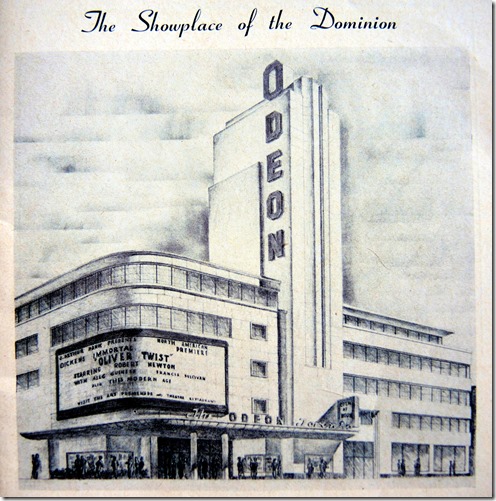
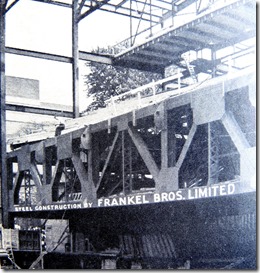
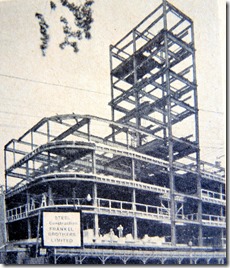
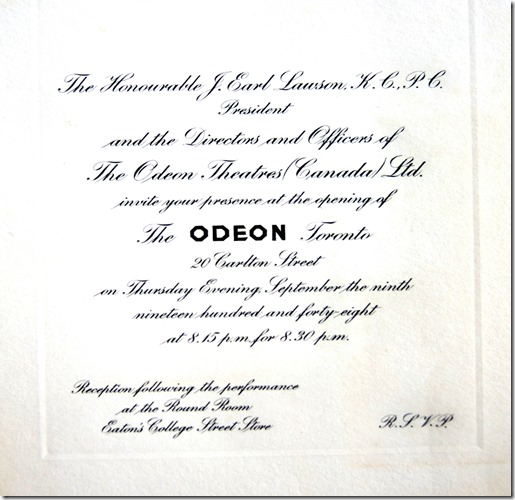
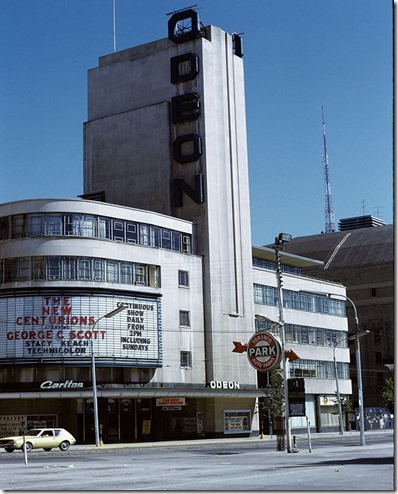
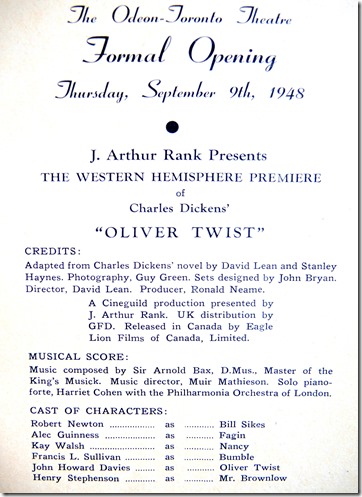
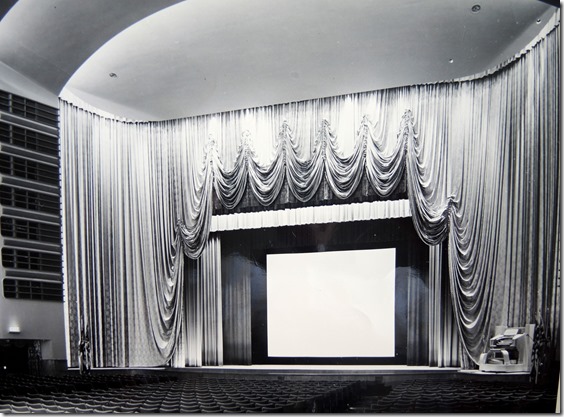
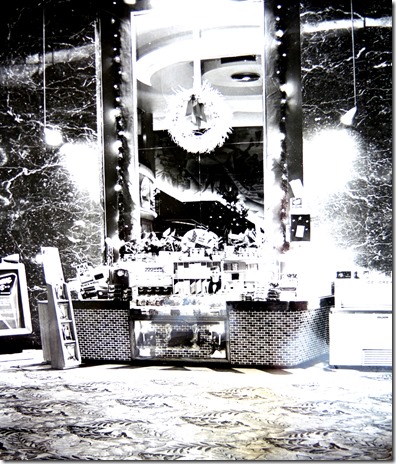
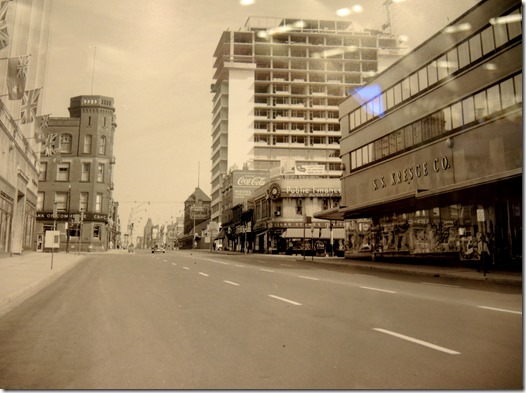
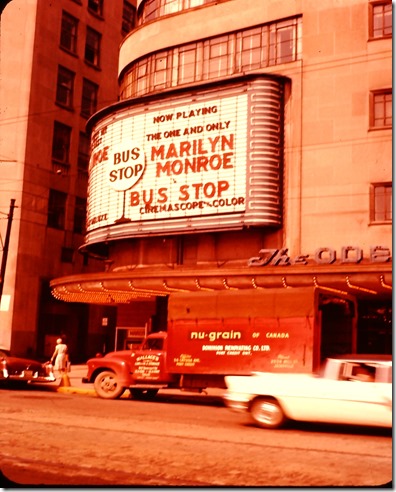
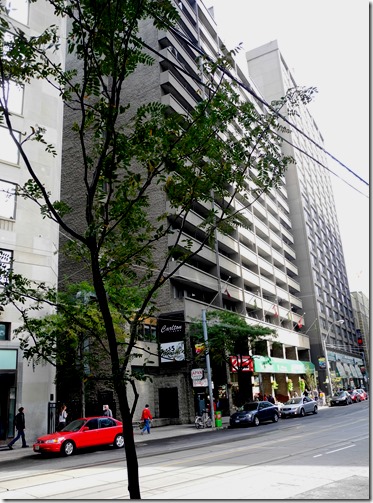
![cid_E474E4F9-11FC-42C9-AAAD-1B66D852[2] cid_E474E4F9-11FC-42C9-AAAD-1B66D852[2]](https://tayloronhistory.com/wp-content/uploads/2015/01/cid_e474e4f9-11fc-42c9-aaad-1b66d8522_thumb4.jpg)


One thought on “Toronto’s old (Odeon) Carlton—Part 11”